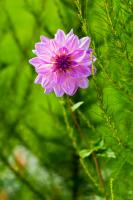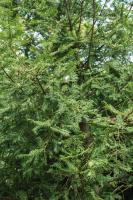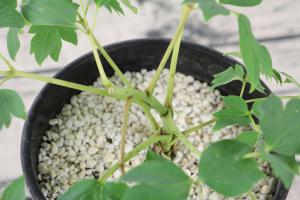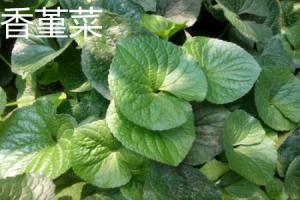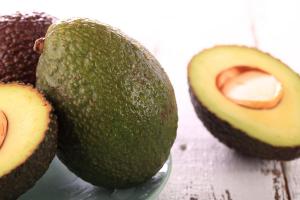Can You Prune a Flowering Tomato Plant?
Tomatoes are beloved by gardeners for their delicious taste and versatility in cooking. However, they can often become unruly, especially if left to grow unpruned. One aspect of tomato care that many gardeners question is whether it is possible to prune a flowering tomato plant. The answer is yes, and doing so can actually improve the plant's health and productivity.
Understanding the Benefits of Pruning Tomato Plants
Firstly, it's important to understand why pruning tomato plants can be so beneficial. When left to their own devices, tomato plants will often develop more foliage than is necessary, forgoing flower and fruit production. Pruning can help to redirect the plant's energy to these more essential aspects of growth, leading to a larger harvest of better quality tomatoes. It can also increase air circulation to the plant, reducing the risk of disease and improving overall plant health.
Pruning a Flowering Tomato Plant
Now that we know why pruning is important, let's talk about how to do it on a flowering tomato plant. Generally, it is recommended to prune once the plant has reached about 12 inches in height. At this point, you will want to remove any suckers that have started to grow between the main stem and the branches. These small, leafy shoots can redirect energy away from flower and fruit production, so removing them can help to promote these more productive growths.
When pruning a flowering tomato plant, you will also want to remove any yellow or diseased leaves, as these can also take away from the plant's productivity. Additionally, removing any unnecessary foliage can increase air circulation to the plant, reducing the risk of disease.
If your tomato plant has already started to flower, you can still prune it without harming the fruit production. However, take care to only prune away areas that are blocking light or overcrowding other areas of the plant. Do not remove any flowers or developing fruit.
When Not to Prune a Tomato Plant
While pruning can be a useful tool for promoting growth and productivity in tomato plants, there are certain times when it is not recommended. Firstly, avoid pruning late in the season, as this can actually decrease fruit production. Additionally, do not prune any stems that are larger than the width of a pencil, as this can leave the plant open to disease and damage.
It is also important to avoid pruning during the heat of the day or when the plant is already under stress from drought or disease. Wait until the plant is well-hydrated and the temperature has cooled off before attempting to prune.
Conclusion
Pruning a flowering tomato plant is not only possible but can be a beneficial practice for any gardener. By removing unnecessary foliage, suckers, and diseased leaves, you can redirect the plant's energy to flower and fruit production, leading to a larger harvest of better quality tomatoes. However, it is important to know when and how to prune to avoid harming the plant or reducing fruit production. By following these guidelines, you can keep your tomato plant healthy, strong, and productive throughout the growing season.

 how many times do yo...
how many times do yo... how many planted tre...
how many planted tre... how many pine trees ...
how many pine trees ... how many pecan trees...
how many pecan trees... how many plants comp...
how many plants comp... how many plants can ...
how many plants can ... how many plants and ...
how many plants and ... how many pepper plan...
how many pepper plan...